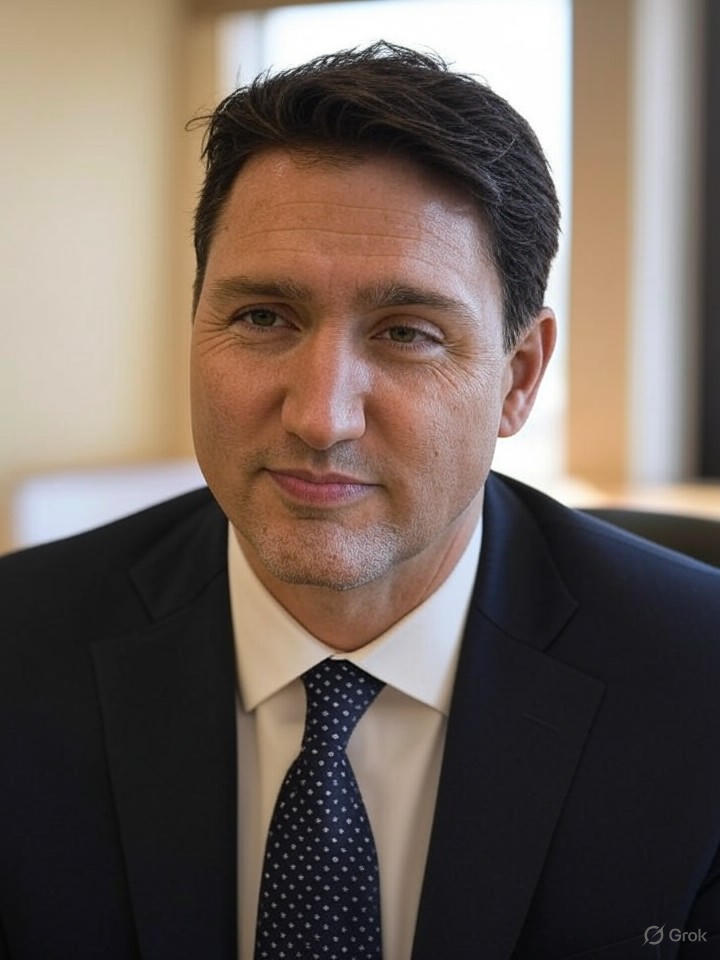A Turning Point in North American Trade Relations
In a move that signals a potential de-escalation in the ongoing trade tensions between the United States and Canada, Ottawa has announced the removal of many retaliatory tariffs imposed on American goods. This decision, revealed on Friday, comes as a goodwill gesture aimed at restarting stalled trade negotiations with the Trump administration. Sources familiar with the matter indicate that Canada’s strategy is to lower barriers on products compliant with the existing U.S.-Mexico-Canada Agreement (USMCA), thereby reducing friction and opening doors for dialogue.
The announcement follows months of escalating tariffs initiated by President Donald Trump, who has used trade levies as a tool to address what he describes as unfair practices, including issues related to immigration, drugs, and economic imbalances. Canada’s retaliatory measures, which targeted a wide array of U.S. exports from steel to consumer goods, were initially imposed in response to Trump’s 25% tariffs on Canadian imports. However, with economic pressures mounting on both sides, this partial rollback could pave the way for broader resolutions.
The Economic Calculus Behind Canada’s Decision
Industry insiders view this as a calculated olive branch, particularly as Canadian exporters have faced significant headwinds from U.S. duties. According to a report from Bloomberg, the removal targets tariffs on a long list of compliant USMCA goods, aiming to alleviate costs for Canadian consumers and businesses while signaling flexibility to the White House. Prime Minister Mark Carney’s administration has emphasized protecting key sectors like automotive and agriculture, which have been hit hard by the trade war.
Analysts note that this isn’t a full capitulation; some tariffs may remain on non-compliant items or those tied to ongoing disputes, such as softwood lumber. Yet, the move aligns with Carney’s earlier hints, as reported by CBC News, where he expressed openness to dropping duties if it benefits Canadian industries. This pragmatic approach reflects a shift from the more confrontational stance under former Prime Minister Justin Trudeau, who had warned of “real consequences” for Americans from Trump’s policies.
Trump’s Tariff Strategy and Its Broader Impacts
President Trump’s tariff playbook, detailed in timelines from The New York Times, has involved imposing and suspending levies to extract concessions from trading partners. In Canada’s case, initial tariffs were linked to national security concerns over illegal immigration and fentanyl flows, as outlined in a White House fact sheet from February 2025. The strategy has yielded mixed results, shaking markets and raising U.S. prices, but it has also forced negotiations, as seen in recent deals with the European Union.
For industry players, the implications are profound. U.S. exporters, particularly in agriculture and manufacturing, stand to gain from reduced barriers, potentially boosting cross-border supply chains. However, experts caution that without reciprocal actions from the U.S., tensions could reignite. Posts on X, including those from political commentator Eric Daugherty, have hailed this as a “victory” for Trump, suggesting his hardline tactics pressured Canada into compliance, though such sentiments underscore the polarized public discourse around trade policy.
Industry Reactions and Future Negotiations
Stakeholders in sectors like energy and technology are closely watching how this unfolds. Canada’s earlier halt of nearly all retaliatory tariffs in May, as noted in social media updates, set a precedent for incremental de-escalation. Now, with this broader removal, per Reuters, negotiations could accelerate, potentially leading to revisions in the USMCA framework.
Looking ahead, the decision may influence other partners, such as Mexico, which has faced similar pressures. Economic forecasts, including those from the Congressional Budget Office referenced in recent discussions, project that sustained tariffs could reduce the U.S. deficit by trillions over a decade, but at the cost of higher consumer prices. For insiders, this moment represents not just a tariff rollback but a test of whether Trump’s aggressive trade posture can yield lasting bilateral gains without sparking a wider economic fallout.
Assessing Long-Term Trade Dynamics
Ultimately, this development highlights the fluid nature of international trade under the current administration. While Canada’s gesture aims to foster goodwill, as covered in live updates from Yahoo Finance, success hinges on mutual concessions. Industry leaders are advocating for diversified supply chains to mitigate risks, drawing lessons from past volatility documented by PBS News.
As talks resume, the focus will be on resolving entrenched issues like critical minerals and energy exports. This partial tariff removal could mark the beginning of a more stable era in North American trade, provided both nations prioritize economic interdependence over punitive measures. For now, it stands as a significant win for diplomatic pragmatism amid a backdrop of global trade uncertainties.




 WebProNews is an iEntry Publication
WebProNews is an iEntry Publication